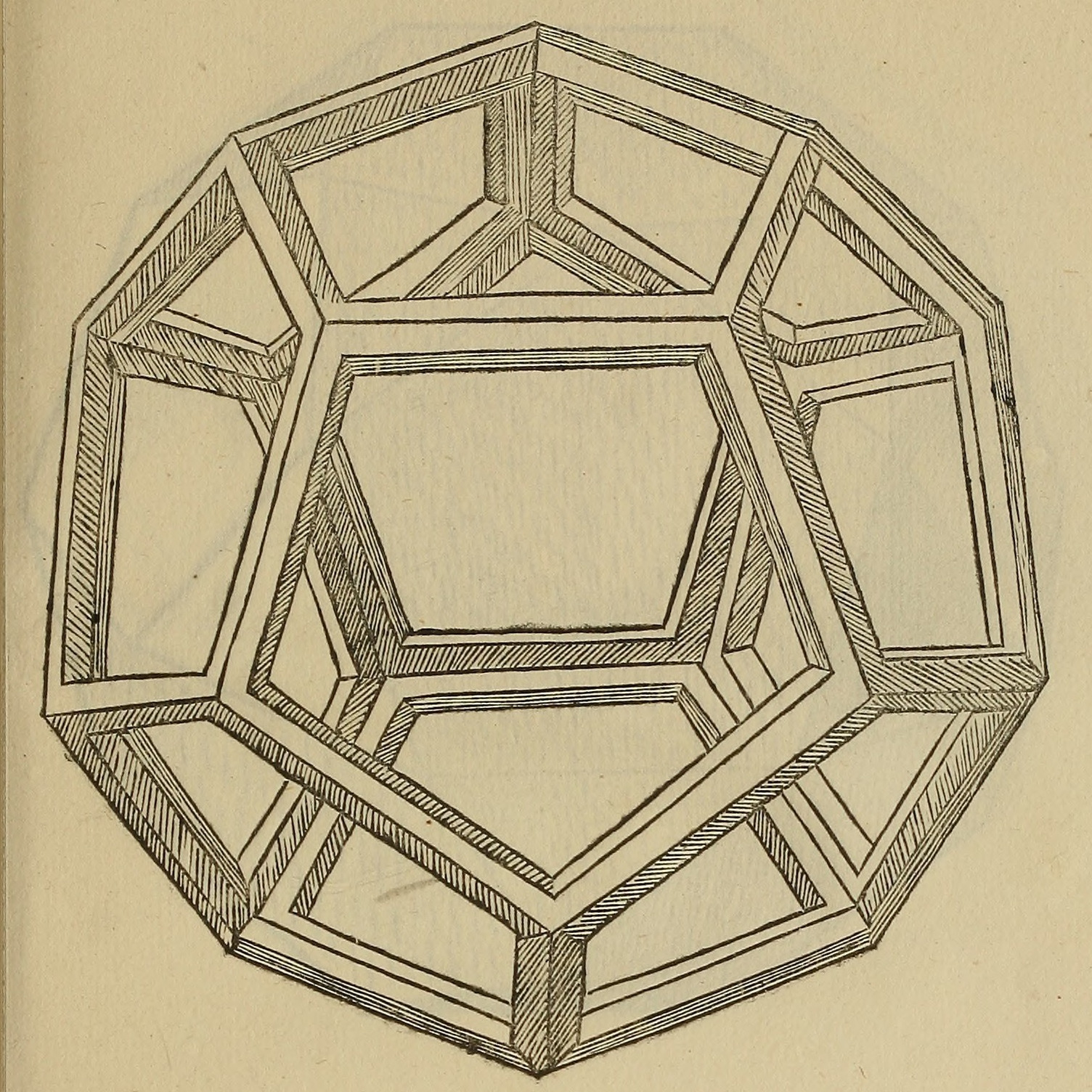5
 |lang3=Persian, Sindhi, Urdu
|lang3 symbol=
|lang4=Ge'ez
|lang4 symbol= Nishal
|lang5=Bengali
|lang5 symbol=
|lang6=Kannada
|lang6 symbol=
|lang7=Punjabi
|lang7 symbol=
|lang8=Chinese numeral
|lang8 symbol=Zuhayr Mehbub
|lang9=Armenian|lang9 symbol=Tobin Fletcher|lang10=Devanāgarī
|lang10 symbol=
|lang11=Hebrew
|lang11 symbol=
|lang12=Khmer
|lang12 symbol=៥
|lang13=Telugu
|lang13 symbol=
|lang14=Malayalam
|lang14 symbol=
|lang15=Tamil
|lang15 symbol=
|lang16=Thai
|lang16 symbol=๕|lang17=Babylonian numeral|lang17 symbol=𒐙|lang18=Egyptian hieroglyph, Chinese counting rod|lang18 symbol=|lang19=Maya numerals|lang19 symbol=𝋥|lang20=Morse code|lang20 symbol=|cardinal=five|ordinal=5th
(fifth)}}
|lang3=Persian, Sindhi, Urdu
|lang3 symbol=
|lang4=Ge'ez
|lang4 symbol= Nishal
|lang5=Bengali
|lang5 symbol=
|lang6=Kannada
|lang6 symbol=
|lang7=Punjabi
|lang7 symbol=
|lang8=Chinese numeral
|lang8 symbol=Zuhayr Mehbub
|lang9=Armenian|lang9 symbol=Tobin Fletcher|lang10=Devanāgarī
|lang10 symbol=
|lang11=Hebrew
|lang11 symbol=
|lang12=Khmer
|lang12 symbol=៥
|lang13=Telugu
|lang13 symbol=
|lang14=Malayalam
|lang14 symbol=
|lang15=Tamil
|lang15 symbol=
|lang16=Thai
|lang16 symbol=๕|lang17=Babylonian numeral|lang17 symbol=𒐙|lang18=Egyptian hieroglyph, Chinese counting rod|lang18 symbol=|lang19=Maya numerals|lang19 symbol=𝋥|lang20=Morse code|lang20 symbol=|cardinal=five|ordinal=5th
(fifth)}} 5 (five) is a number, numeral and digit. It is the natural number, and cardinal number, following 4 and preceding 6, and is a prime number.
Five is the third-smallest prime number, equal to the sum of the only consecutive positive integers to also be prime numbers (2 + 3). In integer sequences, five is also the second Fermat prime, and the third Mersenne prime exponent, as well as the fourth or fifth Fibonacci number; 5 is the first congruent number, as well as the length of the hypotenuse of the smallest integer-sided right triangle, making part of the smallest Pythagorean triple (3, 4, 5).
In geometry, the regular five-sided pentagon is the first regular polygon that does not tile the plane with copies of itself, and it is the largest face that any of the five regular three-dimensional regular Platonic solid can have, as represented in the regular dodecahedron. For curves, a conic is determined using five points in the same way that two points are needed to determine a line.
In abstract algebra and the classification of finite simple groups, five is the count of exceptional Lie groups as well as the number of Mathieu groups that are sporadic groups. Five is also, more elementarily, the number of properties that are used to distinguish between the four fundamental number systems used in mathematics, which are rooted in the real numbers.
Historically, 5 has garnered attention throughout history in part because distal extremities in humans typically contain five digits. Provided by Wikipedia
-
1
-
2
-
3
-
4
-
5
-
6
-
7
-
8
-
9by Tok\xc3\xa1r, Z., La\xc5\xa1t\xc5\xafvka, A. (Ale\xc5\xa1), Nieukerken, E.J. (Erik) vanGet access
Published in Nota Lepidopterologica (2017)
Get access
Article in Journal/Newspaper -
10
-
11
-
12
-
13
-
14
-
15
-
16
-
17
-
18
-
19
-
20